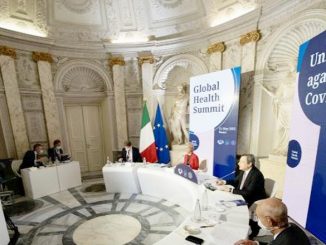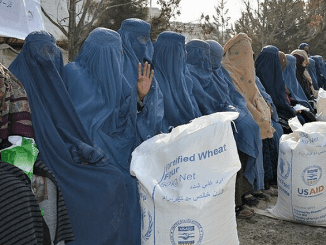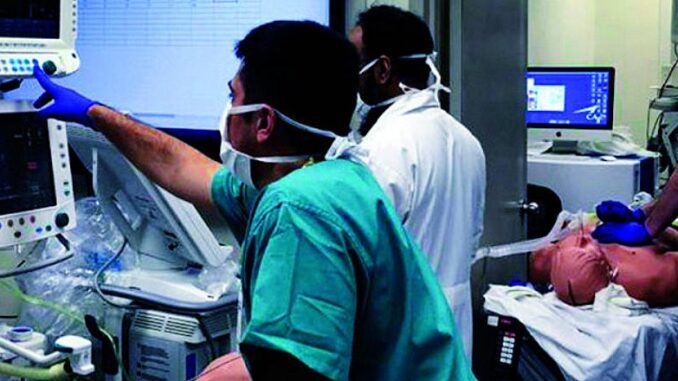
GENEVA, Switzerland, May 20, 2025 (ENS) – The first Pandemic Agreement in the world was today formally adopted by consensus as the Member States of the World Health Organization, WHO, voted during the 78th World Health Assembly.
The Pandemic Agreement caps more than three years of intensive negotiations launched by the member governments in response to the devastating impacts of the COVID-19 pandemic, and driven by the goal of making the world safer from – and more equitable in response to – future pandemics.
“The world is safer today thanks to the leadership, collaboration and commitment of our Member States to adopt the historic WHO Pandemic Agreement,” Dr. Tedros Adhanom Ghebreyesus, WHO Director-General, said.
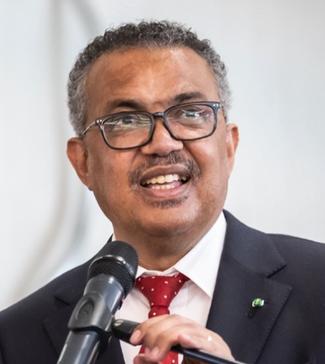
“The Agreement is a victory for public health, science and multilateral action,” Dr. Tedros said. “It will ensure we, collectively, can better protect the world from future pandemic threats. It is also a recognition by the international community that our citizens, societies and economies must not be left vulnerable to again suffer losses like those endured during COVID-19.”
The effects of the devastating COVID-19 pandemic are still being felt. At least seven million people died, health systems were overwhelmed, and the global economy was nearly driven to a standstill.
The global turmoil prompted the international community to pursue an agreement aimed at preventing such a catastrophic event from happening again, and ensuring the world is far better prepared in the future.
Governments adopted the WHO Pandemic Agreement today in a plenary session of the World Health Assembly, WHO’s peak decision-making body, an organization of which the United States is no longer a member. President Donald Trump withdrew the United States on January 20, the first day of his second term in the White House.
Adoption of the Pandemic Agreement followed Monday’s approval of the Agreement by vote (124 in favor, 0 objections, 11 abstentions) in Committee by Member State delegations.
“Starting during the height of the COVID-19 pandemic, governments from all corners of the world acted with great purpose, dedication and urgency, and in doing so exercising their national sovereignty, to negotiate the historic WHO Pandemic Agreement that has been adopted today,” said Dr. Teodoro Herbosa, secretary of the Philippines Department of Health, and president of this year’s World Health Assembly, who presided over the Agreement’s adoption.
“Now that the Agreement has been brought to life, we must all act with the same urgency to implement its critical elements, including systems to ensure equitable access to life-saving pandemic-related health products,” Dr. Tedros said.
“As COVID was a once-in-a-lifetime emergency. The WHO Pandemic Agreement offers a once-in-a-lifetime opportunity to build on lessons learned from that crisis and ensure people worldwide are better protected if a future pandemic emerges,” he said.
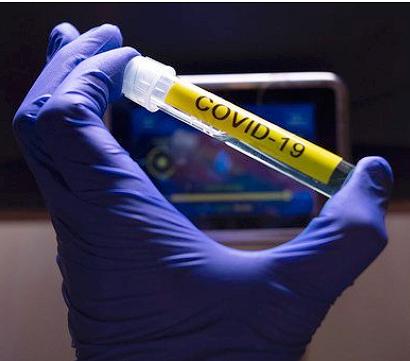
The WHO Pandemic Agreement sets out the principles, approaches and tools for better international coordination to strengthen the global health architecture for pandemic prevention, preparedness and response through the equitable and timely access to vaccines, therapeutics and diagnostics.
Regarding national sovereignty, the Agreement states that the Agreement does not impose any requirements or restrictions on the WHO Member States.
It says, “Nothing in the WHO Pandemic Agreement shall be interpreted as providing the Secretariat of the World Health Organization, including the Director-General of the World Health Organization, any authority to direct, order, alter or otherwise prescribe the national and/or domestic law, as appropriate, or policies of any Party, or to mandate or otherwise impose any requirements that Parties take specific actions, such as ban or accept travellers, impose vaccination mandates or therapeutic or diagnostic measures or implement lockdowns.”
The resolution on the WHO Pandemic Agreement adopted by the World Health Assembly sets out steps to prepare for the accord’s implementation.
It includes launching a process to draft and negotiate a Pathogen Access and Benefit Sharing system through an Intergovernmental Working Group, IGWG. The result of this process will be considered at next year’s World Health Assembly.
Once the Assembly adopts the Pathogen Access and Benefit Sharing annex, the WHO Pandemic Agreement will be open for signature and consideration of ratification, including by national legislative bodies. After 60 ratifications, the Agreement will enter into force.
In addition, Member States also directed the IGWG to initiate steps to enable setting up of the Coordinating Financial Mechanism for pandemic prevention, preparedness and response, and the Global Supply Chain and Logistics Network to “enhance, facilitate, and work to remove barriers and ensure equitable, timely, rapid, safe, and affordable access to pandemic-related health products for countries in need during public health emergencies of international concern, including pandemic emergencies, and for prevention of such emergencies.”
According to the Agreement, pharmaceutical manufacturers participating in the Pathogen Access and Benefit Sharing system will play a key role in equitable and timely access to pandemic-related health products by making available to WHO “rapid access targeting 20 percent of their real time production of safe, quality and effective vaccines, therapeutics, and diagnostics for the pathogen causing the pandemic emergency.”
The distribution of these products to countries will be carried out on the basis of public health risk and need, with particular attention to the needs of developing countries.
The effects of the devastating COVID-19 pandemic are still being felt. Around seven million people died, health systems were overwhelmed, and the global economy was practically driven to a standstill.
The global turmoil prompted a stunned international community to pursue an agreement aimed at preventing such a catastrophic event from happening again – and ensuring the world is far better prepared in the future.
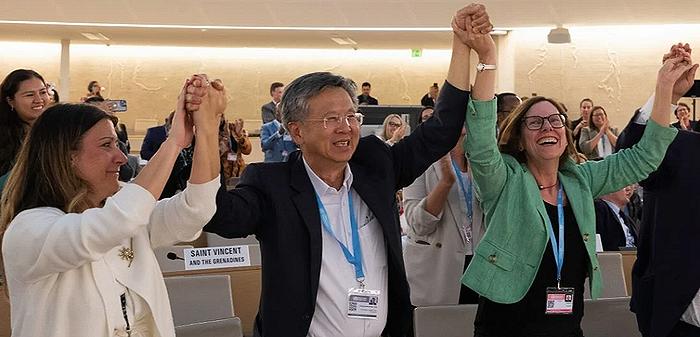
The landmark decision was made at the World Health Assembly, the annual meeting of the World Health Organization.
Although the formal adoption was on Tuesday, the WHO’s Member States overwhelmingly approved the agrement on Monday (124 votes in favour, 0 objections, 11 abstentions).
This meant that, rather than a nail-biting vote with last-minute surprises, the adoption by consensus had a celebratory feel.
“The agreement is a victory for public health, science and multilateral action,” declared Tedros. “It will ensure we, collectively, can better protect the world from future pandemic threats.
“It is also a recognition by the international community that our citizens, societies and economies must not be left vulnerable to again suffer losses like those endured during COVID-19.”
The WHO Pandemic Agreement is the second international legal agreement negotiated under Article 19 of the WHO Constitution, the first being the WHO Framework Convention on Tobacco Control, which was adopted in 2003 and entered into force in 2005.
Featured image: Medical staff at Mt. Sinai Hospital in New York City cope with an overload of patients ill with the Covid-19 virus. 2020 (Photo courtesy Mt. Sinai Hospital)
© 2025, Environment News Service. All rights reserved. Content may be quoted only with proper attribution and a direct link to the original article. Full reproduction is prohibited.

